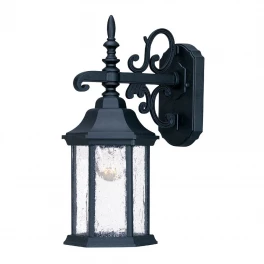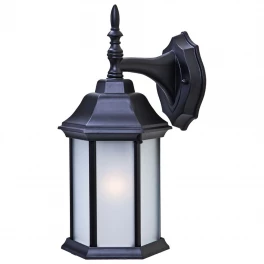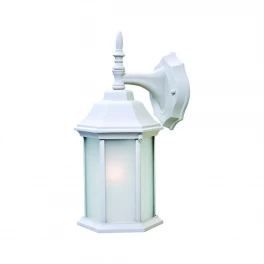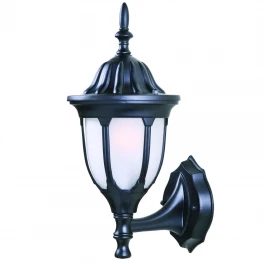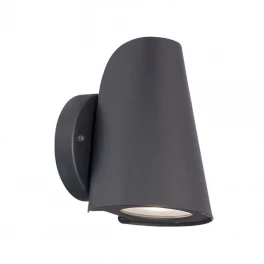Caulk and grout have the same purpose – to fill gaps between materials. But in some locations, it can be tricky to decide which product to use. For instance, with a tiled kitchen floor, grout it used in between the tiles to fill the voids and prevent the edges of tiles from cracking.
However, where the tile meets the cabinets or the wall – you should switch to caulk. This is because as the house settles, subtle movements can occur over time and cause the grout to crack. Caulk is silicone-, acrylic-, or latex-based, making it more flexible and able to absorb movement.
The grout in my kitchen where the tile floor meets the base of the island was cracked and damaged. I decided to remove the grout and replace it with caulk. If you have a similar problem, here’s how to fix it.
1. Remove the Damaged Grout
The cracked grout joint was deteriorated and full of food debris. I used a skinny metal rod to force the grout out of the crevice. If some of the grout still adheres to the tile and cabinet, you can use a handheld grout saw.
2. Clean the Area
After the grout was out, there was still crumbs and debris present. I used a vacuum attachment to remove the crumbs and wiped down the whole area with household cleaner. Now the area was fully prepped and ready for caulk.
3. Load the Caulk Gun
Caulk is available in a squeeze tube or a cartridge. A cartridge and a caulk gun produce a more continuous bead, and this is the method I used. Place the cartridge in the caulk gun, and then open the cartridge by cutting the tip off at an angle. Make sure the size of the hole you cut in the cartridge matches the size of the gap you want to fill. The closer you cut to the tip, the smaller the hole.
4. Apply the Caulk
Hold the gun at a 45-degree angle and slide the tip of the cartridge along the gap with a pulling motion (don’t push) while squeezing the trigger on the caulk gun. When you’ve completed a short line, let go of the trigger and pull back. Don’t worry! If it’s not perfect, you’ll clean it up in the next step.
5. Smooth the Caulk Line
Drag your finger or a caulk finishing tool over the newly applied line to smooth the caulk line and push it into the crevice. Use a damp cloth to clean up any excess.
6. Finish the Joint
Repeat steps 1 through 5 until the entire joint is filled. I like to work on one short length at a time, pausing to smooth and wipe up excess as I go along.
Don’t be intimidated by caulking, even if you’ve never done it. Just keep these tips in mind, and be sure to purchase the correct caulk product. You’ll need indoor ceramic tile siliconized caulk for a job like this one. Choose a caulk color that best matches your grout for a seamless finish.






